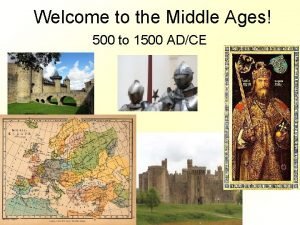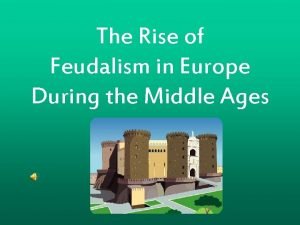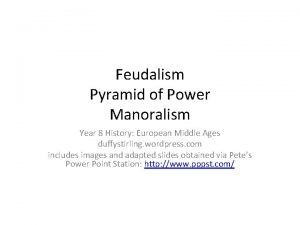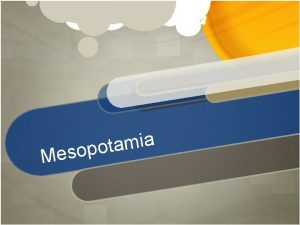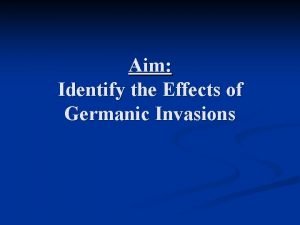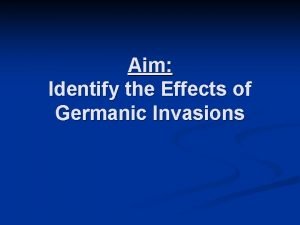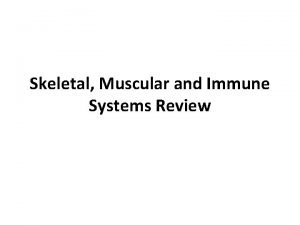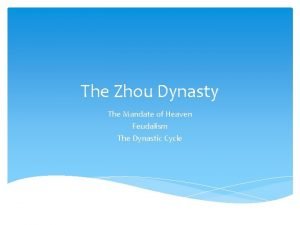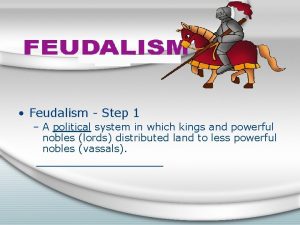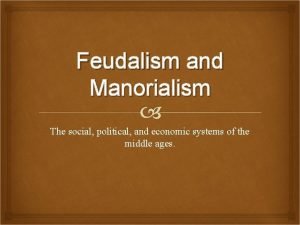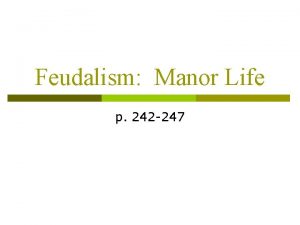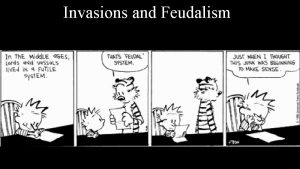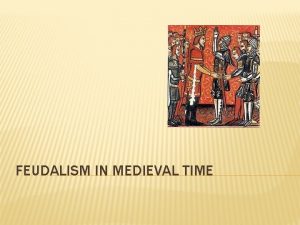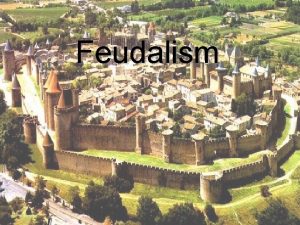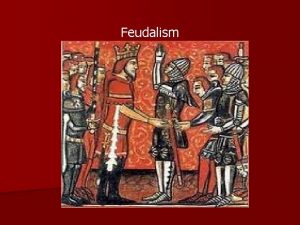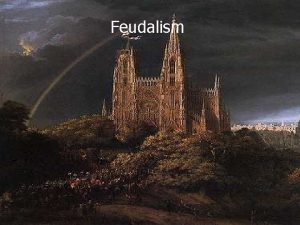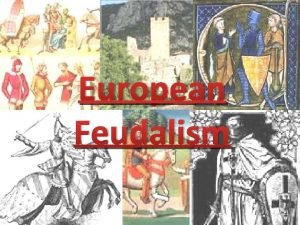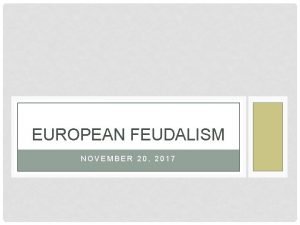Unit 4 2 European Invasions and Feudalism I












- Slides: 12

Unit 4 -2 European Invasions and Feudalism

I. European Invasions A. Vikings originated in the peninsulas of Scandinavia 1. Bad harvests & overpopulation caused Viking raids 2. Design of ships allowed travel over open sea and shallow rivers while carrying 300 men 3. Became feudal lords of Normandy in northern France 4. Settlement leads to conversion to Christianity

B. The Magyars and the Muslims 1. Magyars originated in Hungary a. Took captives to sell as slaves 2. Muslims attacked from North Africa a. Threatened the Atlantic and Mediterranean coasts C. Local European rulers who could defend their people gained followers and political strength


II. Feudalism A. The period of invasions allowed local lords to seize power 1. Lords possessed large amounts of land 2. Feudalism developed as a military, political, and economic system based on the holding of land 3. Lords would give small pieces of land (fief) to vassals in exchange for military service 4. Vassals could become lords by further dividing their land giving it to knights a. Knights ruled over manors as warrior vassals



• B. Manors were self-sufficient economic units 1. Manors produced everything they need for survival 2. Serfs were peasants who were bound to the manor a. Provided labor to serve the lord, lord protects serfs 3. Duties to the manor a. Serfs had to work their own land their lords b. Serfs could only keep part of their own grain c. Serfs also had to pay tithes to the Church

III. Changes in Agriculture and Trade A. Between 1000 -1300 changes in agriculture led to an increase in population 1. New plows, improved harnesses, and switching from oxen to horses helped increase harvests 2. The Three Field System a. One field was left fallow all year b. In the winter one field was planted with wheat or rye c. In the spring one field was planted with barley, oats, beans, or peas 3. The increase in population resulted in many people moving back into towns

B. New Social Classes Developed 1. New towns were called burghs a. People who lived in burghs were called burghers or bourgeoisie – these people would create a new educated middle class

b. Jews became the first burghers i. They did not fit into the feudal system ii. The Church forbade Christians from loaning money iii. Established banks, stores, and trading companies

C. Towns held trade fairs to sell a variety of items D. Guilds 1. Merchant and craft guilds regulated merchandise, services, and prices 2. The guilds also trained apprentices and journeymen E. More people moved to town to gain freedom 1. Towns gained independence from lords through charters
 European and japanese feudalism
European and japanese feudalism Feudal europe social pyramid
Feudal europe social pyramid Feudalism pyramid
Feudalism pyramid Which landforms protected the cities from invasion?
Which landforms protected the cities from invasion? Effects of germanic invasions
Effects of germanic invasions Effects of germanic invasions
Effects of germanic invasions Type of muscle
Type of muscle Differences between feudalism and manorialism
Differences between feudalism and manorialism Feudalism zhou dynasty
Feudalism zhou dynasty Feudalism and manorialism venn diagram
Feudalism and manorialism venn diagram Manorialism vs feudalism
Manorialism vs feudalism Pros and cons of feudalism
Pros and cons of feudalism Unit 6 review questions
Unit 6 review questions
